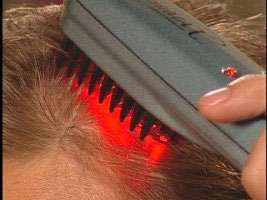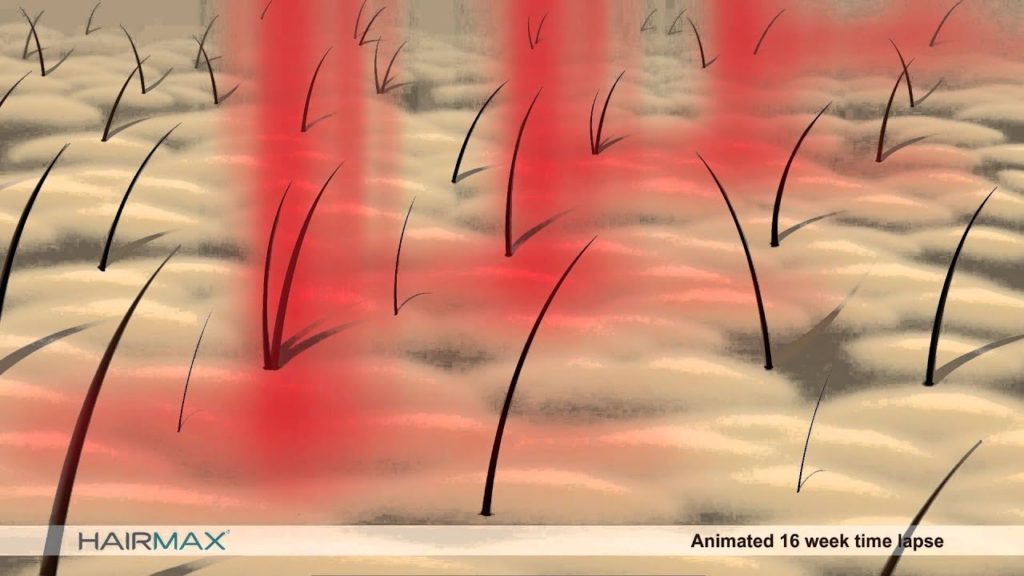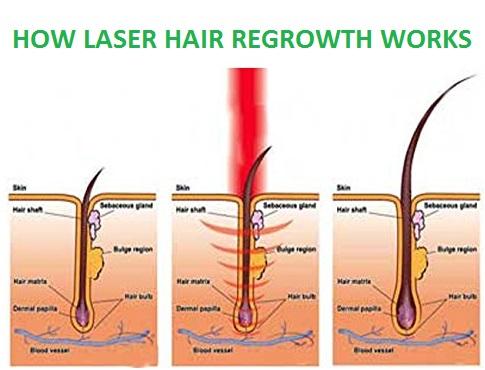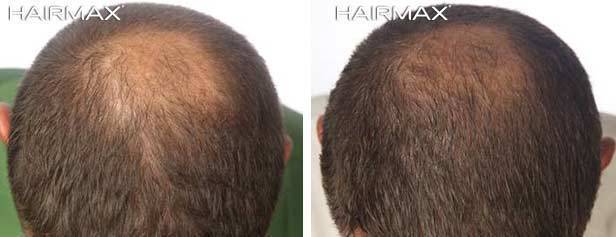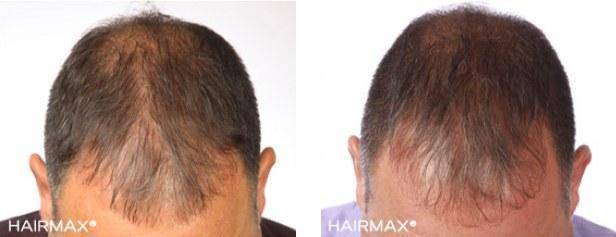Laser Hair Treatment : LOW-LEVEL LASER THERAPY (LLLT) for Hair Loss
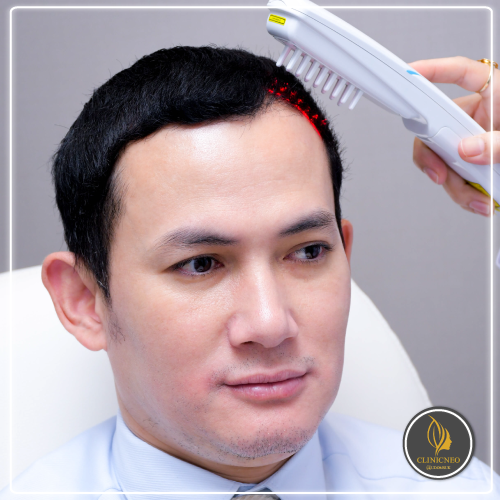
ABOUT LOW-LEVEL LASER THERAPY (LLLT)
Low-Level Laser Light is one of the most effective therapies to treat hair loss. Currently, over-the-counter laser therapy devices for hair growth are available through convenient hands-free systems, or less convenient hand-held devices. Either product may be used at home, and does not require the supervision of a physician.
LLLT Defined
Lasers are widely used in medicine and also throughout a variety of industries, in a multitude of varying capacities. The laser energy used to stimulate hair growth is visible in the red light spectrum. The laser light used in promoting hair growth is defined as Low-Level Laser Therapy (LLLT). LLLT is sometimes included under a broader definition of ‘Phototherapy’ called Low-Level Light Therapy, where the light-emitting device may be a laser and/or light-emitting diode (LED).
Light from a laser in a specific wavelength has an effect on your body when it is applied for a sufficient length of time. It is theorized that when the laser light is absorbed by target tissue molecules, the energy level of the molecules is increased and the molecules respond by ‘working off’ the excess energy with adaptive changes. These changes may be chemical or physical, and they may have biological effects on the target tissue or surrounding tissues.
Because the changes in the molecules are brought about by phototherapy, chemical changes are said to be due to ‘photochemistry’ and physical changes to ‘photophysics.’ As a result, the biological effects on tissue are called photobiomodulation.
Treatment of Male Pattern Hair Loss via Photobiomodulation.
There are many hypotheses, which address how LLLT photobiomodulation may stimulate new hair growth. It is hypothesized that LLLT initiates the chemical reaction in the cells that make up the follicle’s epithelial matrix causing the proliferative activity.
Much evidence points out that follicular apoptosis (programmed cell death) is reversed via the application of laser energy. Observations of wavelength stimulation of optimal hair growth, has shown precisely what wavelengths, power, and intensity are necessary for optimal effect in stimulating new hair growth.
It is important to note that heat is not associated with the photochemical and photo therapeutic effects of LLLT. LLLT is a low wattage ‘cold light’ laser, and while there are visible red wavelengths, there is no sensation on the skin of persons undergoing treatment. Cold lasers are safe and universally accepted as such by medical authorities, worldwide. Also significant is the fact that there are no side-effects associated with the use of LLLT, as there are with usage of pharmaceuticals, topicals and pills.
Who May Benefit from LLLT?
Medical experts who specialize in treating hair loss agree that treatment should be based on the correct diagnosis of its cause.
Hair loss physicians and medical experts agree that LLLT is a highly viable option for growing hair in those afflicted with androgenetic alopecia-inherited male pattern hair loss. It is not intended to treat hair loss due to other factors.
In treating androgenetic alopecia with LLLT, physicians have found that LLLT is most effective in persons with minimal to moderate hair loss. Individual responses to LLLT differ, and results do vary from person to person.
What is the Duration of Time for LLLT Treatment to be Effective?
Hair growth using LLLT is not a one-time ‘fix’ for hair loss. It must be repeated at intervals to maintain results. Typically 3 to 4 sessions per week for 20 to 25 minutes is the suggested treatment frequency, and results usually take approximately 4 to 6 months. Once hair growth is achieved, an ongoing ‘maintenance’ schedule of 1 to 2 sessions per week is strongly recommended to maintain new growth, and keep the hair looking healthier, fuller, and more vibrant.
Related
Dutasteride : New drug used to treatment male baldness
Dutasteride (Avodart), , is a dual 5-α reductase inhibitor that inhibits conversion of testosterone to dihydrotestosterone (DHT). It is used to treat benign prostatic hyperplasia. It increases the risk of erectile dysfunctionand decreased sexual desire.Mechanism of action Dutasteride belongs to a class of drugs called 5-alpha-reductase inhibitors, which block the action of the 5-alpha-reductase enzymes ...








